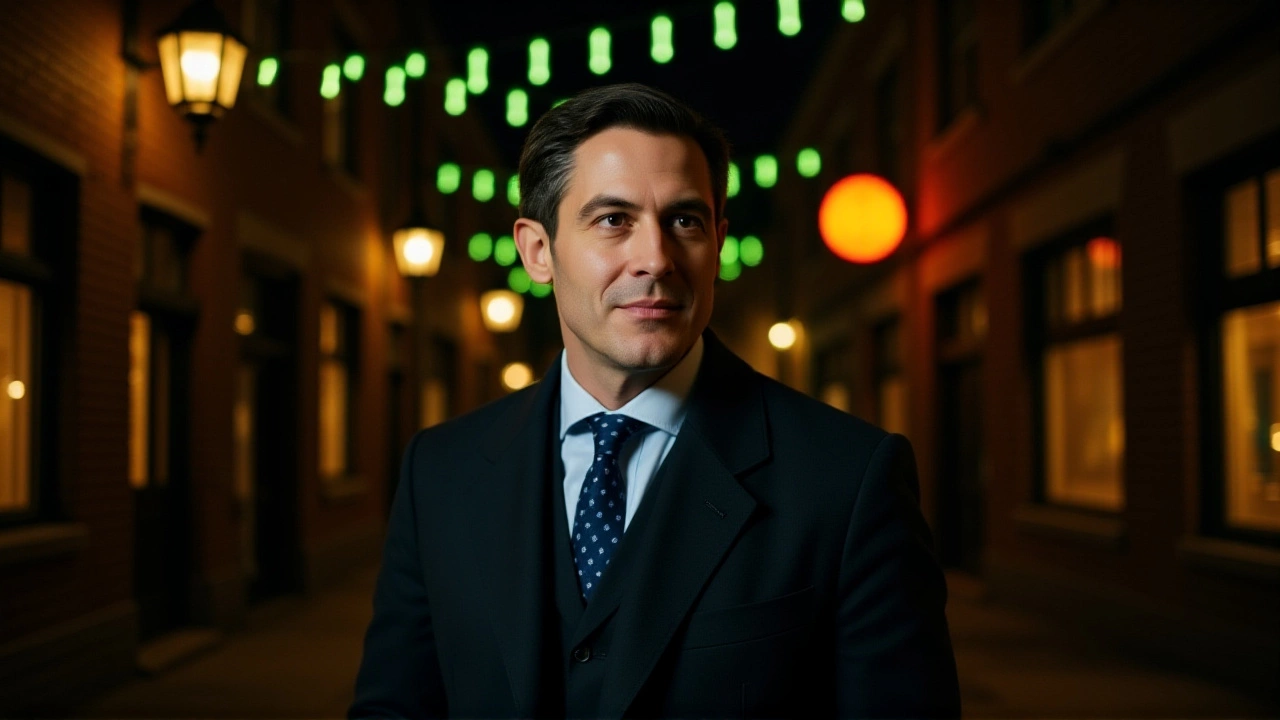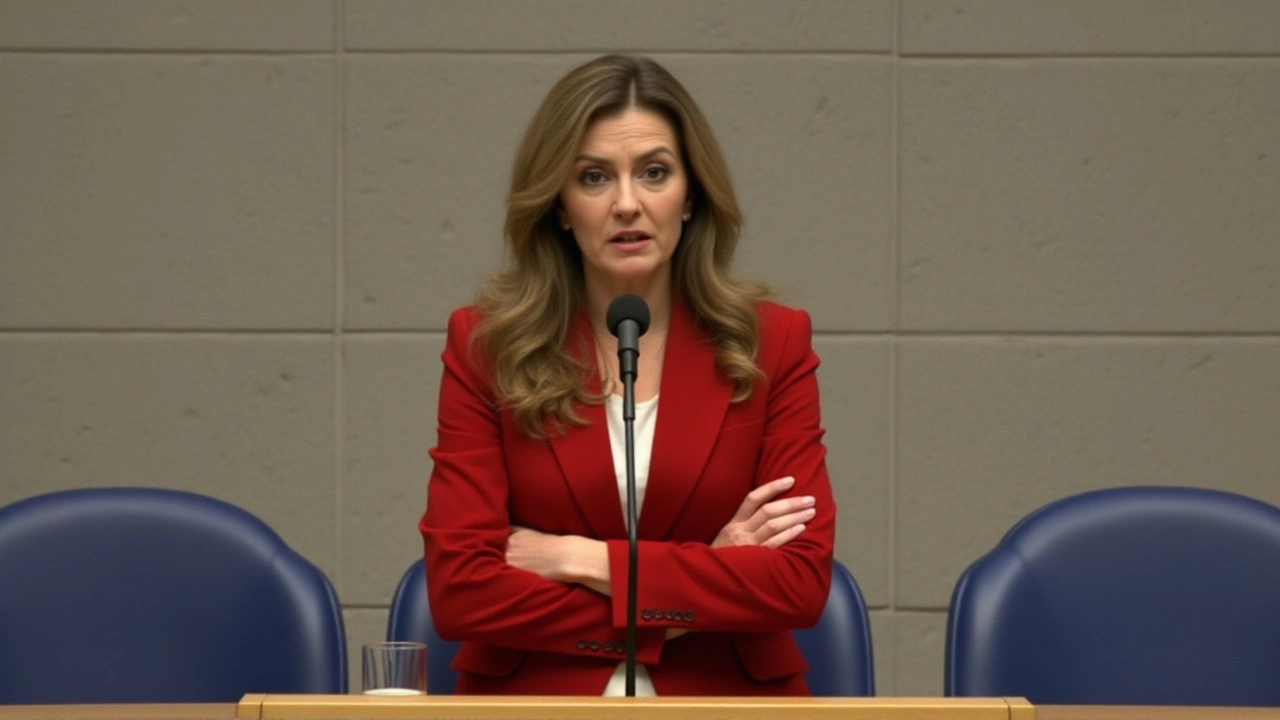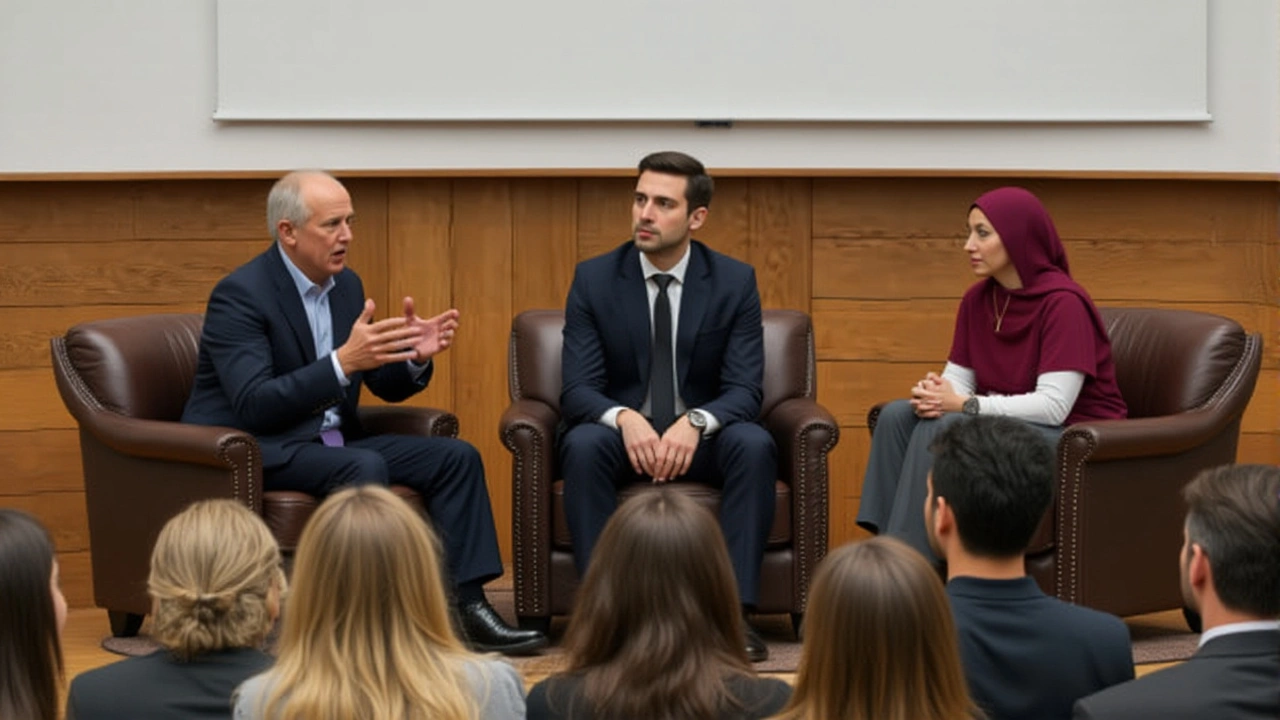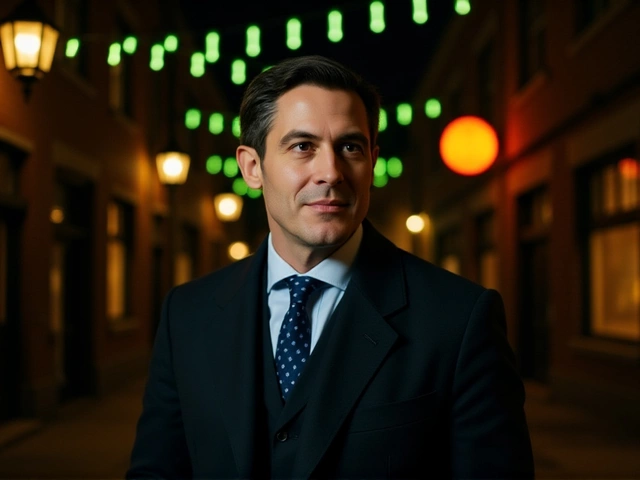D66 and PVV tied at 26 seats each in Dutch election, coalition puzzle deepens

When the final votes were tallied in the Netherlands’ early general election, something extraordinary happened: Democrats 66 and Party for Freedom stood shoulder to shoulder — each with exactly 26 seats in the 150-seat House of Representatives. The result, confirmed with 98% of votes counted by 11:42 AM UTC on October 30, 2025, wasn’t just a surprise. It was a seismic shift in Dutch politics, turning what many expected to be a clear win for the populist right into a fractured deadlock. The election, called abruptly after the collapse of the previous coalition government, has left the country staring at a political maze with no obvious exit.
A Nation Divided, Yet Not Polarized
The Netherlands didn’t swing hard left or right. It split down the middle. D66, led by Rob Jetten, surged from just 9 seats in 2021 to 26 — a gain of 17, the largest of any party. Their strength? Urban centers. In The Hague, Rotterdam, Utrecht, and Eindhoven, D66 came out on top, riding a wave of support from educated professionals, expats, and younger voters tired of polarization. Meanwhile, Party for Freedom, once the clear frontrunner with 37 seats, lost 11 — but still held firm in rural areas and working-class towns. Their leader, Geert Wilders, didn’t collapse. He adapted. And now, he’s no longer the biggest party — but still the most disruptive.
Here’s the twist: the real winner might be the Christian Democratic Appeal (CDA). After languishing at just 5 seats in 2021, they clawed back to 18 — a 13-seat jump that makes them the kingmaker. Their comeback, fueled by disillusioned voters from both the left and right, suggests a quiet hunger for stability. Meanwhile, the once-dominant People's Party for Freedom and Democracy (VVD), under Dilan Yesilgöz, recovered from polling lows of 15 seats to finish with 22 — a quiet triumph that kept them relevant.
The Two Paths Forward
Now, the real game begins: coalition building. And the Netherlands has two viable options — both fragile, both historic.
The first is the centre-left bloc: D66 (26) + GroenLinks-PvdA (20) + CDA (18) + VVD (22). That’s 86 seats — a comfortable majority. Jetten has already called it the "logical" choice. It’s a coalition of moderates, environmentalists, and Christian democrats — a governing coalition that could pass climate reforms, invest in housing, and stabilize public services. But it’s not without friction. GroenLinks-PvdA wants bold climate action. CDA wants fiscal restraint. D66 wants digital modernization. VVD? They’ll demand tax cuts. Compromise will be messy. But possible.
The second is the centre-right bloc: VVD (22) + D66 (26) + CDA (18) + JA21 (9). That’s 75 seats. One short of the 76 needed. Yesilgöz, speaking to cheering supporters at Utrecht’s Jaarbeurs convention center early on October 30, called this bloc "just possible" — but only if JA21, the new conservative party, can be convinced to join. And here’s the problem: JA21’s leader, Raymond de Roon, has already signaled he won’t sit with D66 unless they abandon key social policies. He wants stricter immigration rules. Less green regulation. More authority for local governments. D66? They’re the party that legalized euthanasia. The math doesn’t add up — unless someone bends.

Who Holds the Keys?
The CDA, now the third-largest party, is the quiet power broker. Their leader, Pieter Omtzigt, hasn’t publicly endorsed either bloc. But insiders say he’s quietly meeting with both Jetten and Yesilgöz. "We’re not here to choose sides," one CDA aide told DutchNews.nl. "We’re here to ensure the country doesn’t collapse."
And then there’s the elephant in the room: the PVV. With 26 seats, they’re now the largest single opposition party. Wilders has already said he won’t join any coalition — but he’s not staying quiet. He’s promising to "hold every government hostage" with parliamentary motions, budget blockades, and public pressure. His strategy? Make governance so difficult that voters turn back to him in the next election.
What Happens Next?
Formal negotiations will start within 48 hours — as per Dutch tradition. But don’t expect a quick resolution. The last government formation, in 2021, took 299 days. This one could take longer. Why? Because this time, there’s no clear winner. No dominant party. No natural leader.
Jetten, the 38-year-old former minister, is being pushed as the next prime minister by his allies. But he lacks the parliamentary muscle to form a government alone. Yesilgöz, 47, has the experience and the party base — but she’s one seat short. The real question isn’t who wants to lead. It’s who’s willing to compromise.
And then there’s the expat vote. D66’s strength in cities like The Hague — home to the International Court of Justice and hundreds of international organizations — gave them a decisive edge. But those voters, often temporary residents, won’t be around for the next election. If D66 can’t translate urban support into lasting national appeal, their surge could be a flash in the pan.

Why This Matters
The Netherlands isn’t just a small country with windmills and tulips. It’s a linchpin in the EU. It hosts NATO headquarters. It’s a leader in climate diplomacy. And now, it’s stuck in a political stalemate that could delay EU budget decisions, slow climate initiatives, and embolden populist movements elsewhere in Europe.
This isn’t just about Dutch politics. It’s a test case for how democracies handle fragmentation. When voters reject extremes but also reject traditional parties, what’s left? Compromise? Or chaos?
Frequently Asked Questions
How did D66 gain so many seats so quickly?
D66’s surge came from urban centers like The Hague, Utrecht, and Rotterdam, where educated professionals, expats, and younger voters favored their pro-EU, tech-forward platform. They also benefited from voter fatigue with populist rhetoric. Their 17-seat gain was the largest in Dutch history for a single election, fueled by targeted campaigns in cities with international institutions and high digital literacy.
Why is the CDA suddenly so important?
After falling to just 5 seats in 2021, the CDA rebounded to 18 by appealing to voters from both the left and right who wanted stability over ideology. Their leader, Pieter Omtzigt, is seen as a pragmatic fixer. With no party able to form a majority without them, the CDA now holds the balance of power — making them the most influential party in the coalition talks.
Can the centre-right coalition actually form a government?
Technically, no — they’re one seat short at 75. But if JA21 switches allegiance or if a minor party like 50+ or BBB offers conditional support, it could happen. Still, JA21 has publicly rejected joining D66 unless social policies are rolled back. That’s a major hurdle. Most analysts believe this bloc is unlikely unless major concessions are made — and quickly.
What role does the PVV play now?
Though they’re tied for first, the PVV won’t join any coalition. Instead, they’re positioning themselves as the opposition kingmakers. They’ve vowed to block legislation, force votes on immigration and climate, and keep the government unstable. Their goal? To make governing so difficult that voters return to them in the next election — turning their 26 seats into 30 or more.
How long will coalition talks take?
Typically, Dutch coalition negotiations last 8 to 12 weeks. But this time, with no clear majority and two equally plausible blocs, it could stretch beyond 100 days. The 2021 formation took nearly 10 months. If D66 and CDA can’t agree with VVD on policy priorities, or if JA21 refuses to budge, the country could face months of political limbo — and possibly a second election.
What does this mean for the EU?
The Netherlands is a key player in EU budget talks, climate policy, and defense coordination. A prolonged government formation could delay critical decisions on Ukraine aid, digital taxation, and green transition funding. If a populist-leaning coalition emerges, it could shift Dutch votes against EU integration. But if a centrist bloc forms, the Netherlands may regain its role as a bridge between northern and southern Europe.
